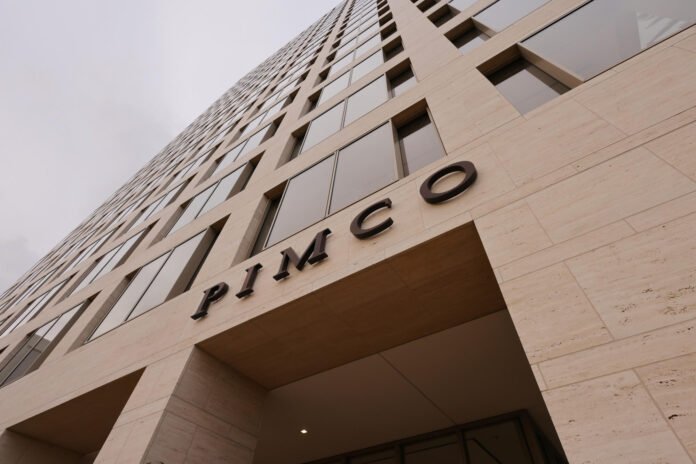Pacific Investment Management Co. (Pimco) anticipates a significant shift in the Bank of Japan’s (BOJ) monetary policy, signaling the potential abandonment of its negative interest-rate policy as early as March. Pimco forecasts multiple rate hikes throughout the year, contributing to a bearish outlook on Japanese government bonds.

According to Pimco’s market-outlook report, the BOJ, the last proponent of sub-zero borrowing costs, is poised to raise its benchmark interest rate to 0% by March or April, with further increases to 0.25% by the end of the year. The expected acceleration in wage growth is seen as a catalyst for persistent inflation, creating favorable conditions for the BOJ to steer away from negative rates.
Stephen Chang, a fund manager at Pimco in Hong Kong and co-author of the report, explained that the transition to 0.25% may occur in two incremental steps of 10 and 15 basis points respectively. Pimco’s stance on the Japanese bond market reflects a preference for lower-than-benchmark exposure in certain investment strategies.
Major investment firms such as Pimco and RBC BlueBay Asset Management are preparing for the inevitable reversal of Japan’s prolonged period of negative borrowing costs, which encouraged Japanese investors to seek higher returns abroad. The potential repatriation of these investments has already begun, with funds from Japan selling a record amount of European debt in recent years.
The BOJ’s shift away from its yield curve control mechanism, announced late last year, further underscores its progress towards rate hikes, as noted by Pimco analysts. Despite concerns stemming from the New Year’s Day earthquake in northwest Japan, Pimco maintains that the event will have minimal impact on the overall economy.
Richard Clarida, Pimco’s global economic adviser, had previously suggested in October that the BOJ might discontinue its yield-curve-control program by the end of last year.
While Pimco adopts a bearish stance on Japanese bonds, its outlook for Chinese bonds is more neutral. Market sentiment towards China remains pessimistic, influenced by factors such as the fragile property sector, geopolitical tensions, demographic challenges, and debt levels. However, Pimco believes that the Chinese government’s focus on strategic sectors and potential supportive stimulus measures could mitigate some of these concerns.
In the medium term, Pimco anticipates one or two cuts in China’s medium-term lending facility rate, totaling approximately 20 basis points in the first half of the year, with 10-year bond yields expected to hover around 2.5%. The firm also suggests underweighting debt issued by Chinese policy banks.
Despite challenges, Pimco views Chinese bonds as an attractive option for diversification within a global portfolio.
Additional insights from Pimco include:
- Preference for overweighting Australian longer-maturity bonds over US Treasuries
- Favorable outlook for the Indian rupee and Indonesian rupiah, based on expectations of continued governance reforms and sustained economic growth
- Identification of opportunities in investment-grade credit issued by select Japanese banks and Australian companies in defensive sectors like toll roads and regulated utilities.




